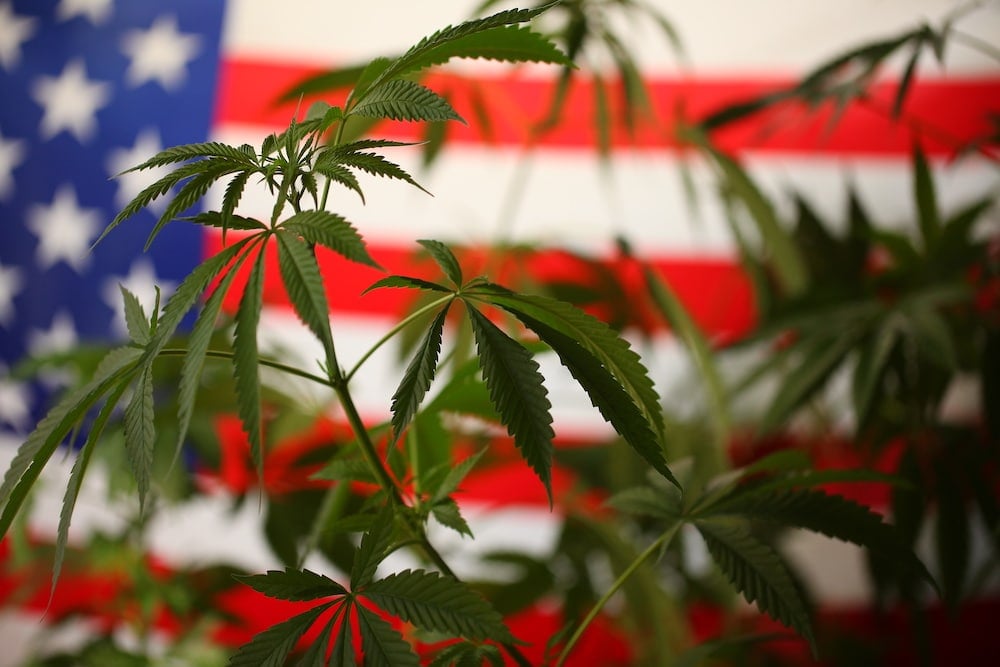Our Where Is Cannabis Legal? A Guide To All 50 States Diaries
In July 2016, delegates at the 2016 Democratic National Convention voted to authorize a party platform calling for cannabis to be gotten rid of from the list of Arrange I compounds, in addition to calling for a “reasoned path for future legalization”. Gallup started polling the general public regarding the issue of legalizing marijuana in 1969; in that year 12% were in favor.
In 2018, the same survey increased to a brand new high of 68%, showing that the terrific bulk of Americans preferred legislating recreational cannabis. According to a 2013 survey by Seat Proving Ground, a majority of Americans favored total or partial legalization of marijuana. The survey revealed 52% of participants support cannabis legalization and 45% do not.
The 2018 version of the survey showed public support had actually increased to 61%. Mindsets regarding cannabis regulation changed as some states (Colorado, Washington, Oregon, Maine, and Alaska) passed their own laws legislating cannabis for recreational usage. According to a Gallup Poll released in December 2012, 64% of Americans think the federal government must not intervene in these states.
Cannabis Legalization In The Us: Population Health Impacts – Truths

Marijuana legalization polled https://wayofleaf.com/cannabis/ailments/can-cannabis-work-with-antidepressants as preferred in 2019 according to 3 significant national surveys. In truth, research study shows that neighborhoods with legal, recreational cannabis usage have actually seen house worths increase faster than communities where leisure use stays prohibited. Archived April 26, 2018, at the Wayback Device. Drug War Information.
Page links to data table Archived December 7, 2020, at the Wayback Machine: Data table: Total Variety Of Arrests in the US by Year and Kind Of Offense Archived December 7, 2020, at the Wayback Maker. Drug War Facts. Archived December 25, 2020, at the Wayback Machine. From the United States Bureau of Justice Data (BJS).
Click on the charts to see the information. Archived December 21, 2018, at the Wayback Device. Has data table for earlier years. Source: FBI Uniform Criminal Offense Reports. Clarke, Robert; Merlin, Mark (2013 ). University of California Press. p. 185. ISBN 978-0-520-95457-1. Archived from the initial on August 13, 2021. Retrieved July 28, 2016.
Data And Statistics – Truths
“The DEA Position on Cannabis” (PDF). Archived from the original (PDF) on December 21, 2016. Recovered May 15, 2016. Mc, Kinsey, John A.; Burke, Debra (2014 ). Cengage Learning. p. 216. ISBN 978-1-305-17730-7. “State Industrial Hemp Statutes”. National Conference of State Legislatures. April 18, 2018. Archived from the original on December 20, 2020.
“State Medical Marijuana Laws”. National Conference of State Legislatures. June 27, 2018. Archived from the original on May 29, 2019. Retrieved July 5, 2018. Frank J. Home (2006 ). Nova Publishers. p. 146. ISBN 978-1-59454-892-5. Archived from the initial on December 9, 2016. Recovered July 28, 2016. White, Rob (2013 ). University of Tasmania.

185. ISBN 978-1-134-03031-6. Archived from the initial on August 13, 2021. Recovered July 28, 2016. Jonathan P. Caulkins; Beau Kilmer; Mark A.R. Kleiman (2016 ). Oxford University Press. p. 25. ISBN 978-0-19-026243-3. Archived from the original on November 7, 2020. Recovered July 28, 2016. Dyer, Owen (May 31, 2018). “Trump signs costs to provide patients right to attempt drugs”.
What Does Marijuana Legalization Takes A Giant Step Backward Mean?
361: k2429. doi:10. 1136/bmj. k2429. ISSN 0959-8138. PMID 29853541. S2CID 46918623. Lowinson, Joyce H. (2005 ). Lippincott Williams & Wilkins. p. 274. ISBN 978-0-7817-3474-5. Archived from the initial on August 13, 2021. Obtained July 28, 2016. “Recreational Cannabis in United States”. Archived from the initial on April 25, 2016. Recovered May 5, 2016.
